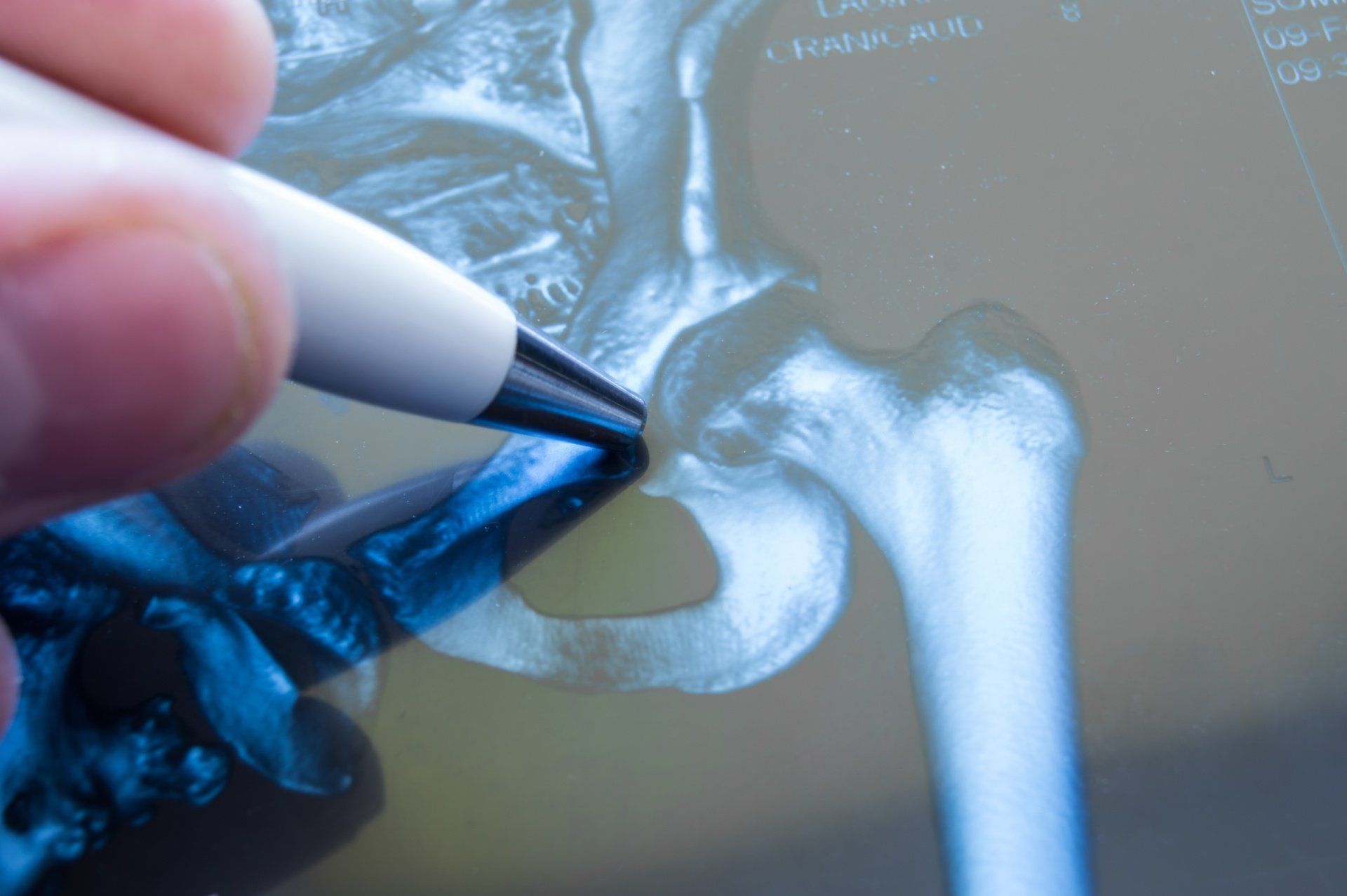Hip Dysplasia Treatment in Baton Rouge
What is Developmental Hip Dysplasia?
Hip dysplasia is a condition in which the hip socket is too shallow and does not fully cover the head (ball) of the femur, or upper thigh bone. It can affect adults or children, but it is most commonly present from birth. Approximately 1 out of every 6 newborns have a form of hip instability such as dysplasia, and about 2 out of every 1,000 will require treatment. Hip dysplasia is among the most common birth abnormalities.
What Causes Hip Dysplasia?
The hip joint is comprised of cartilage at birth and will eventually harden into bone. As the ball and socket of the joint develops, they will serve as guides and molds for one another. However, if their position changes and the ball is not firmly within the hip socket, the socket can be too shallow and result in hip dysplasia.
What are the Risk Factors for Hip Dysplasia?
Baby girls, large babies, babies in the breech position, and babies from first pregnancies are more likely than others to develop hip dysplasia. Tight swaddling that straightens the knees and hips can also contribute to the condition.
What are the Symptoms of Hip Dysplasia?
While your pediatrician will check your newborn for potential signs of hip dysplasia, not all instances are detected right away, making it important for parents to understand the potential warning signs. Before a child begins walking, the most obvious sign may be differing leg lengths or hip flexibility. Once they begin taking their first steps, parents may notice a limp.
In mild cases of hip dysplasia, the condition may not be detected until the teen or young adult years. In these patients, the signs are often hip or groin pain associated with physical activity, and they may even be diagnosed with hip osteoarthritis or labral tears.
What are the Complications of Hip Dysplasia?
If not identified and addressed as an infant or young child, hip dysplasia can lead to painful complications later in life. The most common of these are tears in the cartilage that surrounds the hip socket (hip labral tears) and osteoarthritis. In fact, hip dysplasia is the most common cause of hip arthritis in patients under the age of 50.
How is Hip Dysplasia Treated?
The treatment of hip dysplasia will depend on the age of the patient and the severity of the condition. The following are the most common treatment approaches.
- Soft Brace – In infants under six months of age, a soft brace may be used to hold the ball of the hip joint firmly into the socket until the socket has repositioned properly. This usually occurs over a period of several months.
- Full Body Cast – For babies who are older than six months, a full body cast may be used to accomplish the same purpose as a soft brace.
- Surgical Repair – For more severe cases, older patients, or patients for whom other approaches have not been successful, surgical repair of hip dysplasia may be needed. The most common type of surgery is periacetabular osteotomy (PAO). PAO allows the physician to improve instances of hip dysplasia without replacing the joint. Through a series of cuts around the hip socket, it can be moved into a better position, where it covers and protects a greater portion of the femoral head. Once this has been accomplished, the new positioning is fixed with 3 to 4 screws.
Hip Dysplasia Specialists in Baton Rouge
JOSEPH E. BROYLES, M.D.
Joint Replacement Surgery
Hip and Knee Arthroscopy
Cartilage Regeneration
ARTHUR E. HESS, M.D.
Pediatric & Adult Orthopedic Trauma
Hip, Knee & Shoulder Reconstruction
Hip Preservation
Total Joint Replacement Surgery
Robot-assisted total knee arthroplasty
General Orthopedics
MATHEW J. MAZOCH, M.D.
General Orthopedics
Sports Medicine
Shoulder Surgery
ALAN C. SCHROEDER, M.D.
Shoulder Arthroscopy
General Orthopedics
Orthopedic Sports Medicine







